The effect of excessive bending of the drill pipe
If the drill pipe is bent too much, the drill bit may be broken or the guide block may be picked up when the drill bit is fed into the drill sleeve before drilling, or the center line of the drill bit may be offset from the center line of the workpiece during the drilling process. The tip of the tool is subjected to the upward thrust of the contact workpiece. Since there is no cutting edge under the cutting edge and the blade is lifted, in the case of feeding, the tip portion is subjected to a larger force, and the blade is broken.
The bending of the rod should be controlled within 1 mm. When the drill bit is installed on the drill pipe, the long-term wear will make the positioning part between the two parts out of tolerance, and the drill pipe will not position the drill bit, causing the yaw when the drill bit is drilled, resulting in severe vibration, resulting in the knife . In order to make the drill bit stably enter the workpiece, the mounting position of the guide sleeve in the oil feeder cannot be in a floating state. The gap between the guide sleeve and the end face of the workpiece is controlled below 1~2mm, and the contact with the rubber gasket is optimal, which can ensure the guiding effect of the guiding sleeve. Due to long-term wear and tear, the diameter of the guide sleeve increases, and the gap between the guide sleeve and the drill bit increases, so that the drill bit does not guide. For this purpose, the gap between the outer diameter of the drill bit and the guide sleeve should be controlled within a range of 0.005 mm. It is stipulated that the outer surface of the roughing car should be less than 1mm, and the outer surface of the finished car should be less than 0.5mm. The end face should be less than 0.05mm and the residual core diameter should be reduced from 5mm to 2mm. A subsequent process creates favorable positioning conditions and attractive conditions. (Finish)
Lamp head
A lampshade is a fixture that covers the lightbulb on a lamp to diffuse the light it emits. Lampshades can be made out of a wide variety of materials like paper, glass, fabric or stone. Usually conical or cylindrical in shape, lampshades can be found on floor, desk, tabletop, or suspended lamps. The term can also apply to the glass hung under many designs of ceiling lamp. Beyond its practical purpose, significant emphasis is also usually given to decorative and aesthetic features. A lamp shade also serves to "shade" human eyes from the direct glare of the light bulbs used to illuminate the lamp. Some lamp shades are also lined with a hard-backed opaque lining [1], often white or gold, to reflect as much light as possible through the top and bottom of the shade while blocking light from emitting through the walls of the shade itself. In other cases, the shade material is deliberately decorative so that upon illumination it may emphasize a display of color and light emitting through the shade surface itself.

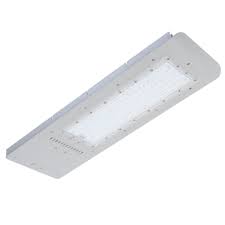
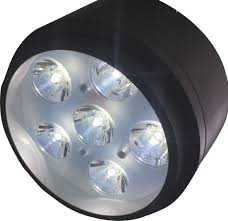
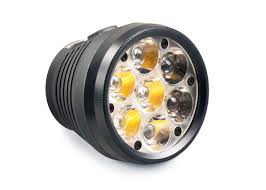
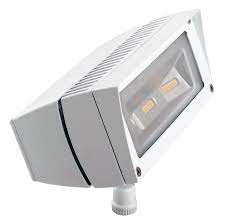
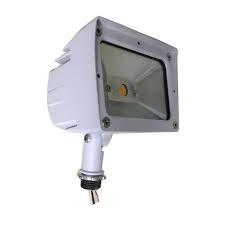
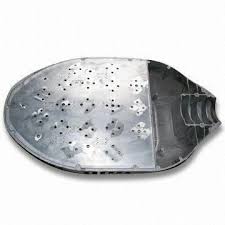
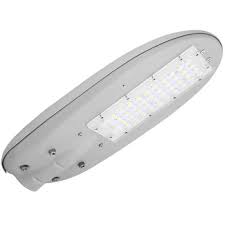
Lamp Head,Aluminum Led Light Bar,Aluminum Mold Light Bar,Aluminum Die Casting Light Bar
Ningbo Jinyao Machinery Company. LTD , https://www.cardiecastingmold.com